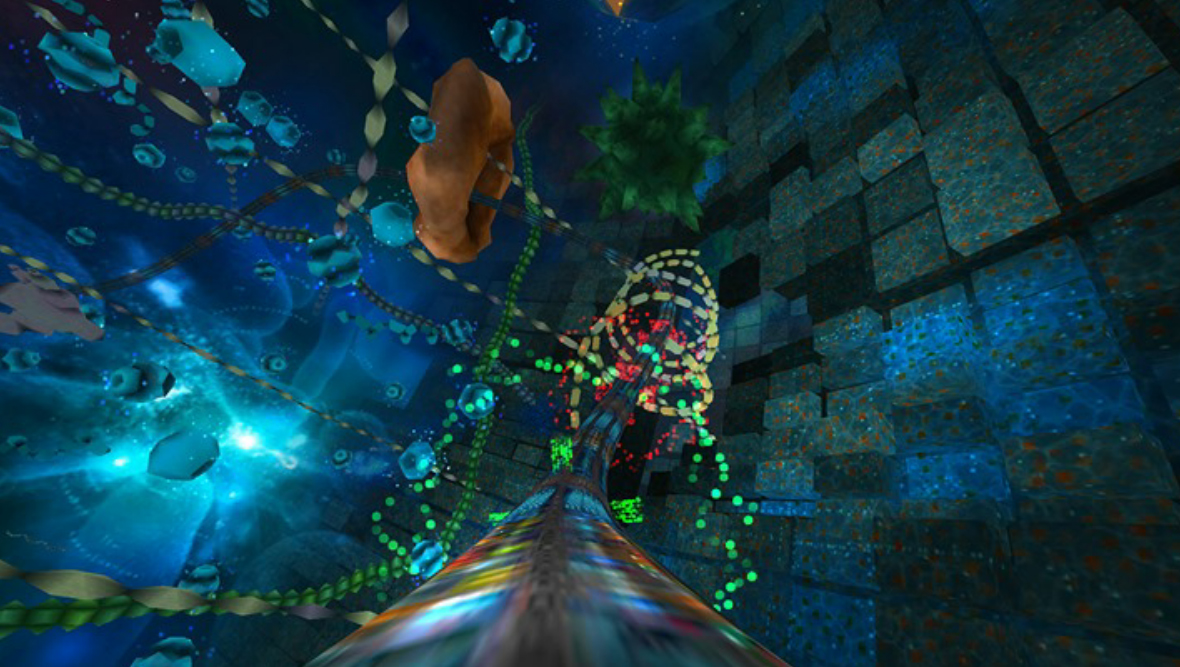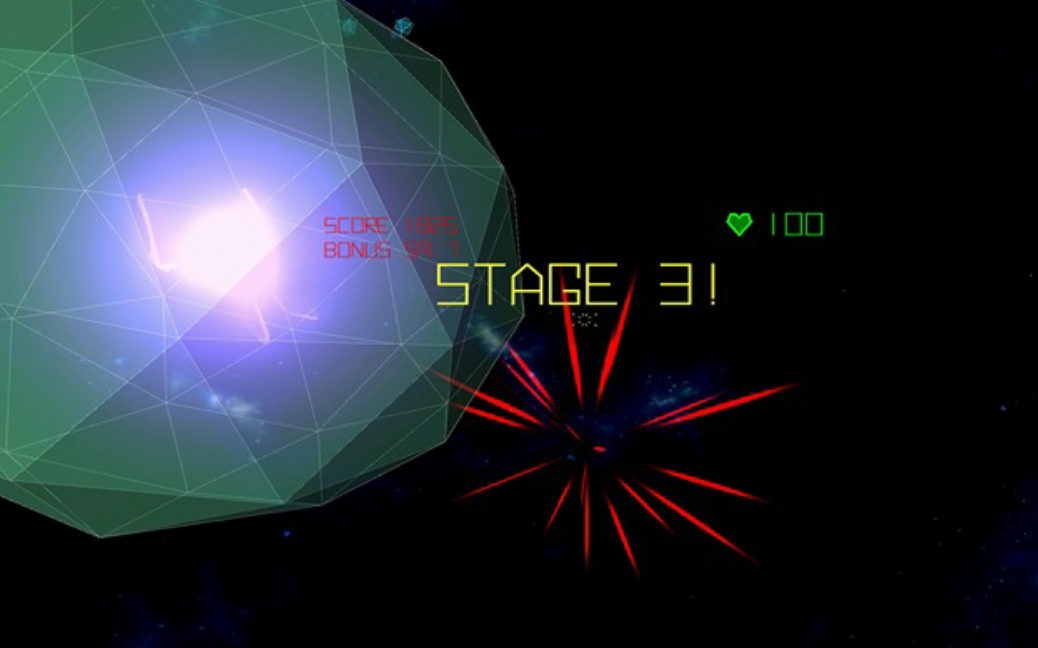Of 66 games available from the Oculus store for Gear VR, only three are uncomfortable for most people. It’s a testament to the efforts of Facebook’s Oculus guiding developers to create experiences for mobile VR that, for the most part, keep people from feeling any discomfort while still simulating a wide-variety of activities.
On Gear VR in 2015, more than two-thirds of the games (45 of them) are rated “comfortable for most” people. This includes games like VR Karts, which puts the player in the driver seat of a believable car equipped with side-view mirrors that are perfect for helping to cut off other players and Daydream Blue, which teleports players so they can comfortably move between different activities in a serene lakeside camp.
A smaller group of games (18 of them) are rated “comfortable for some” people. Some of these are pretty intense and you might feel woozy if you’re not well acclimated to VR. I found $15 DRIFT to be intense as you transform into a bullet buzzing in every direction through rooms. $10 jet pack simulator Omega Agent, which is another one of the 13 most expensive games on Gear VR, was called “my favorite Gear VR game” by Oculus Chief Technology Officer John Carmack, but, he wrote, “you need a strong stomach to enjoy it.” If you don’t find these games uncomfortable, they can offer both challenging gameplay and a kind of exhilaration that’s not possible with other types of games.
That leaves three games available for download from the Oculus store rated as being “comfortable for few” people: InCell, Nucleus and Temple Run VR.
InCell, which costs $5, shrinks the player down to the molecular level racing along a kind of cell structure that functions like a rail. Head tilts are used to avoid obstacles by moving left and right along the rail.

There is a vehicle to provide a frame of reference in InCell, but it is low and out of sight much of the time and the rail moves in all directions like a roller coaster. Compared to the always visible frame of a protective cage in Omega Agent or a believable car in VR Karts, InCell gives the player a jarring sense of feeling tossed about without actually being tossed about. After a few minutes of InCell’s fast-paced side-to-side simulated movement, I got a nasty headache.
“Unfortunately it’s one of the biggest problems of the games with fast movement gameplay,” developer Oleg Chumakov wrote on Twitter. “In our next game we are working on it even harder, to make more comfortable for more players.”
Nucleus is $4 and puts the player in space around a large object with smaller multi-colored objects orbiting around it. It is described by the developer as being “continuous, intense, and challenging.”

You can turn your head and press the touchpad or a controller button to fire at the orbiting objects. The player must predict where the objects are headed next and move their head quickly to fire ahead of them. Things can get disorienting pretty quickly with quick head movements combined with near and far things flying all around the player and no body, ship or walls to provide a frame of reference.
Temple Run VR is $3 and was the first app featured in a 1-minute ad spotlighting how the Gear VR differs from traditional mobile games.
https://www.youtube.com/watch?v=y-nkPB8utV4
An “endless runner,” Temple Run VR is about going as far as you can by avoiding obstacles before succumbing to the monsters chasing you. It features long curving paths to head in new directions and simulates movement the player doesn’t actually experience. For the most part the player is moving at a constant speed, which is good for VR and, unlike a bullet simulator or orbiting disembodied in space, running is something most people have experienced before. So if your stomach doesn’t churn (mine doesn’t) then the game can become quite addictive.
Temple Run on Gear VR breaks a lot of the “comfort rules”, but it has been the most “Must. Try. Again.” game for me by far.
— John Carmack (@ID_AA_Carmack) December 23, 2014
Overall, comfort is key for VR and developers creating games that aren’t comfortable for the vast majority of players are limiting their potential audience. At the same time, sometimes an “intense” VR experience can be the most exhilarating…if you don’t mind groaning from a headache for 20 minutes.






























